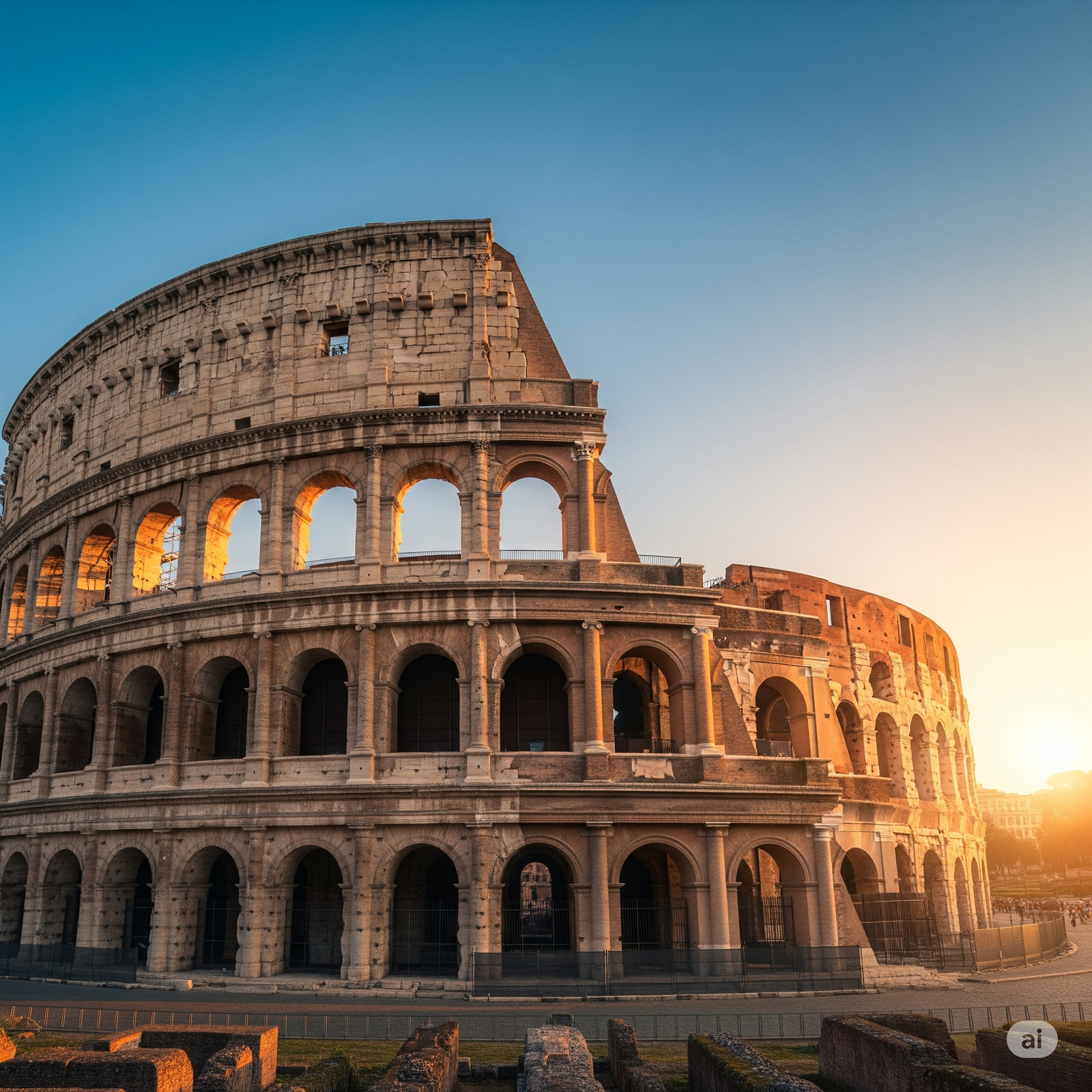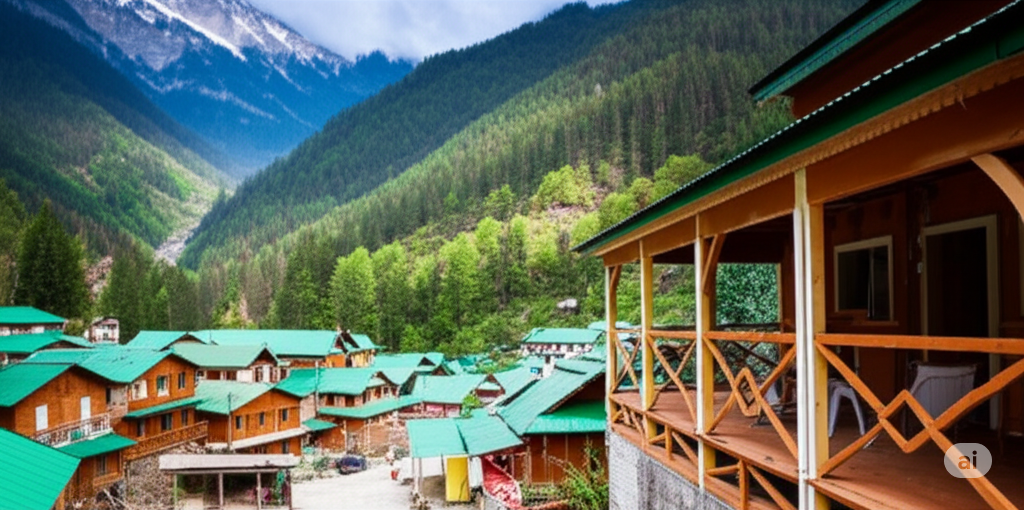Dreaming of strolling along the Seine, exploring ancient Roman ruins, or marveling at the Swiss Alps? Europe, with its rich history, diverse cultures, and breathtaking landscapes, is a dream destination for many Indian travelers. However, planning a trip across a continent with multiple countries, currencies, and languages can feel daunting. Fear not! This comprehensive guide will break down the process, making your European adventure a reality.
Step 1: Dream Big & Decide Your Focus
Europe is vast and diverse. Before diving into logistics, brainstorm what kind of experience you’re looking for:
- Interests: History, art, food, nightlife, nature, adventure?
- Pace: Fast-paced covering many cities, or a relaxed exploration of a few regions?
- Time of Year: Consider weather, crowds, and prices. Summer (June-August) is popular but can be hot and expensive. Spring (April-May) and Autumn (September-October) offer pleasant weather and fewer crowds. Winter (November-March) is ideal for Christmas markets and winter sports but can be cold.
Based on your interests, start shortlisting countries and cities. For a first-timer, popular combinations include:
- Western Europe: France, Italy, Spain
- Central Europe: Czech Republic, Hungary, Austria
- A Mix: Paris (France), Rome (Italy), Barcelona (Spain), Amsterdam (Netherlands)
Step 2: The Crucial Step – Visa Application (Schengen & Beyond)
For Indian citizens, a visa is typically required for most European countries. The most common is the Schengen Visa, which allows you to travel freely within the 27 Schengen countries for up to 90 days within a 180-day period.
- Identify the Main Destination: Apply for your Schengen visa through the embassy or consulate of the country where you will spend the majority of your time. If your time is equally distributed, apply through the country of your first entry into the Schengen area.
- Gather Documents: This is a detailed process. You’ll generally need:
- A valid passport with at least 6 months of validity beyond your intended stay.
- Completed visa application form.
- Passport-sized photographs.
- Detailed travel itinerary (flight and accommodation bookings).
- Proof of sufficient financial means.
- Travel insurance covering medical expenses and repatriation.
- Cover letter outlining your travel purpose.
- Other supporting documents as required by the specific embassy.
- Apply Well in Advance: Visa processing times can vary, so apply at least 6-8 weeks (or even earlier, especially during peak season) before your intended travel date.
- Attend the Appointment: You’ll likely need to schedule and attend an appointment for biometrics (fingerprints and photograph).
Remember that some non-Schengen European countries like Ireland, Croatia, and certain Balkan nations have their own visa policies for Indian citizens. Research these separately if they are part of your itinerary.
Step 3: Crafting Your Itinerary & Booking Flights
Once you have a clearer idea of your visa and focus, start mapping out your itinerary.
- Inter-City Travel: Consider the most efficient and cost-effective ways to travel between cities:
- Flights: Budget airlines like Ryanair, EasyJet, Vueling, and Wizz Air can offer cheap flights if booked in advance. Factor in baggage costs and airport transfers.
- Trains: Europe has an excellent rail network. Look into Eurail or Interrail Passes if you plan on extensive train travel across multiple countries. Book train tickets in advance for better prices.
- Buses: Companies like FlixBus offer very budget-friendly options for long-distance travel between cities.
- Book Flights to Europe: Look for round-trip flights from India to major European hubs like London, Paris, Frankfurt, or Amsterdam. Compare prices across different airlines and travel dates using flight comparison websites. Consider layovers for potentially cheaper fares.
Step 4: Finding Your Home Away from Home – Accommodation
Accommodation will likely be one of your biggest expenses. Here are budget-friendly options:
- Hostels: Great for solo travelers and budget-conscious groups. Offer dorm-style rooms and communal areas, perfect for meeting people.
- Budget Hotels: Look for smaller, independent hotels or chains offering basic amenities at reasonable prices.
- Airbnb: Can be a cost-effective option, especially for longer stays or if you’re traveling with a group and can split the cost of an apartment with a kitchen. Consider locations slightly outside the city center for better value.
- Guesthouses & Bed and Breakfasts: Offer a more local and often charming experience.
Book your accommodation in advance, especially during peak season, to secure better prices and availability.
Step 5: Budgeting for Your Euro Trip
Creating a realistic budget is crucial. Consider these costs:
- Visa Fees: Factor in the visa application fee.
- Flights (International & Inter-City): This will likely be a significant chunk of your budget.
- Accommodation: Research average prices for your chosen destinations.
- Food & Drinks: Decide on your eating style – a mix of street food, budget-friendly restaurants, and occasional splurges.
- Transportation (Local & Inter-City): Research public transport costs in each city.
- Activities & Entrance Fees: List the attractions you want to visit and check their entrance fees. Look for city passes that offer discounts.
- Travel Insurance: Essential for covering medical emergencies, lost luggage, and trip cancellations.
- Miscellaneous: Factor in costs for laundry, souvenirs, local SIM card, and unexpected expenses.
Research average daily costs for each city you plan to visit to get a better estimate.
Step 6: Packing Smart & Staying Connected
- Pack Light: This will make navigating public transport and budget airlines much easier. Pack versatile clothing that can be layered.
- Adapter: Europe uses different plug types, so bring a universal adapter.
- Comfortable Shoes: You’ll be doing a lot of walking!
- Local SIM Card or International Roaming: Consider getting a local SIM card for cheaper data and calls or check your Indian provider’s international roaming plans. Free Wi-Fi is often available in cafes and public areas.
Step 7: On the Ground – Enjoy Your European Adventure!
- Learn Basic Phrases: Even knowing a few basic phrases in the local languages can enhance your experience and be appreciated by locals.
- Be Aware of Scams: Like any popular tourist destination, Europe has its share of scams. Be vigilant and aware of your surroundings.
- Utilize Free Activities: Take advantage of free walking tours, explore parks and gardens, and visit churches and cathedrals (often free to enter).
- Embrace Public Transport: It’s usually efficient and a great way to experience local life.
- Try Local Cuisine: Don’t be afraid to venture beyond tourist restaurants and try authentic local dishes.
Planning a Europe trip from India requires time and effort, but the reward is an unforgettable journey through a continent brimming with history, culture, and beauty. By following these steps, you’ll be well on your way to creating your dream European adventure!









Leave a Reply